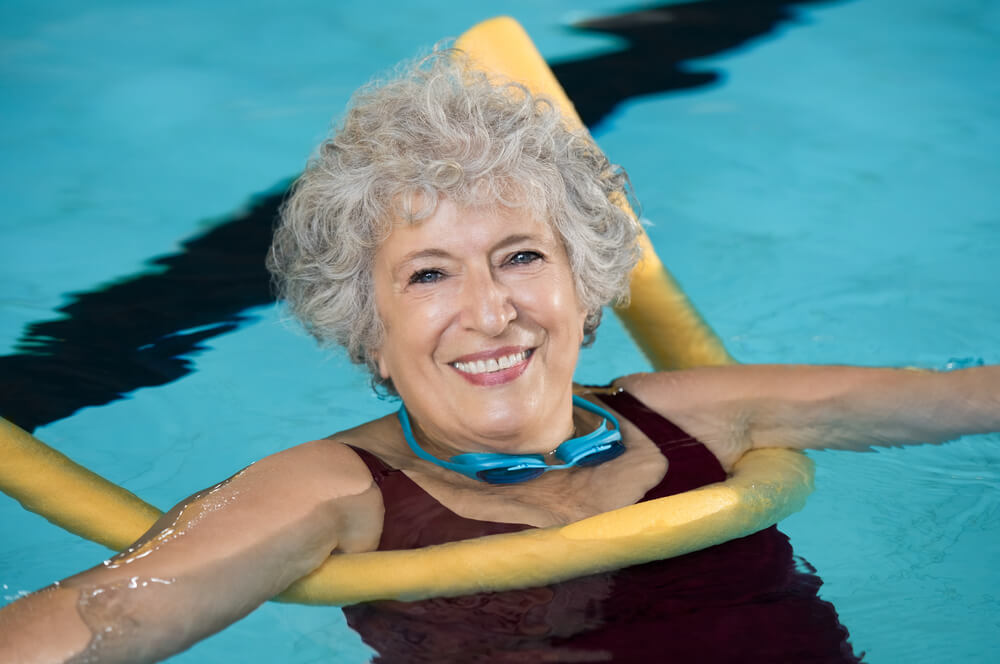Aquatic physical therapy uses the buoyancy and resistance of water to help patients dealing with a wide range of injuries and conditions. This is a branch of physical therapy that can either complement a conventional course of non-aquatic therapy or can be used on its own.
Like other forms of physical therapy, the goal of aquatic physical therapy is to strengthen supporting muscles and improve flexibility to allow for better stability and range of motion in the injured area. What sets aquatic therapy apart is that the exercises and movements are performed in a pool or other body of water. Water helps reduce pressure on the body by encouraging floating, while also helping to strengthen muscles and connective tissue by providing natural resistance.
The caring team at Peak Performance Sports and Physical Therapy wants to help you learn about your options for relief if you are dealing with pain related to an injury or condition. We believe in patient education as an important first step of the healing process, and we hope the following information can help you as you start your journey toward relief.
How does aquatic physical therapy work?
Aquatic physical therapy can be used as part of a holistic program to treat a wide range of injuries and conditions, from arthritis of the spine to an Achilles sprain. If aquatic therapy is recommended, patients will typically receive a full evaluation from a physical therapist. From there, a treatment plan can be created based on a patient’s particular condition and individual needs.
Depending on the situation, aquatic therapy exercises and techniques can include:
- Aquatic jogging and sprinting
- Strengthening and stability exercises such as leg swings and arm swings
- Aquatic massage
- Manual therapy
Your physical therapist may also give you instructions on complementary exercises you can perform on your own. Always perform exercises as instructed and stop if you experience any sharp pain or something doesn’t feel right.
Contact the Peak Performance team today
To learn more about how the highly trained team of physical therapists at Peak Performance Sports and Physical Therapy can help you with aquatic therapy or any of our other treatment options, contact us today. We’ll be happy to schedule you for your initial appointment.







